The pet food product innovation landscape is changing rapidly, as pet owners are keener to meet dietary needs of their pets, and brands are supporting them by offering a more diverse portfolio of products.
Over the last year, the global climate crisis necessitated action from all quarters, and the pet industry is no exception.
Pet food and product companies improve their ecological credentials by reducing plastic packaging and boosting the use of sustainable ingredients and renewable energy sourcing.
In EMEA: clean label and health functionality drive innovation
Tap into clean label trends
In the wider food and drink market, consumers are increasingly looking for recipes which are free from unwanted ‘nasties’, like artificial additives.
According to Mintel consumer data, 41% of adults in the UK who buy pet food are looking for all natural pet food.
These clean label considerations are also impacting the kind of food which pet owners are choosing for their pets, as they express high levels of interest in detailed information about the pet food they buy, underscoring the importance of transparency in pet food marketing.
Between March 2019 and February 2020, some 53% of pet food and pet product launches in Europe featured a natural claim, and it’s a claim category which has steadily grown over the last five years – according to Mintel GNPD.
The natural claim category is dominated by the ‘no additives/preservatives’ claim, which is seen in 43% of launches. The other natural claims are significantly more niche.
Pet owners’ expectations about clean label have evolved from ‘safe’ and natural ingredients to demanding access to information about sourcing and processing.
Functional pet foods and products gain momentum
Pet food marketers are responding to pet owners’ interest in ensuring their pets live a long and healthy life by developing food and treats promising a widening array of functional health benefits, often related to popular ingredients such as CBD for anxiety, probiotics for a healthy gut microbiota or DHA for cognitive functions.
72% of pet food and pet product NPD in Europe featured a functional claim (ie. Immune system, Joints & muscles, Nervous system) between March 2019 and February 2020, according to Mintel GNPD.
Beaphar Snack launched in France contains cannabidiol (CBD) which has acclaimed beneficial properties for dogs, including improving vitality, stimulating the immune system and supporting joints and muscles.
Pet foods join the climate change cause
The climate crisis will remain a long-term consumers’ concern, and brands must innovate to reduce their environmental footprint, from sustainable ingredient sourcing, to plastic-free and compostable plastics packaging.
As a result of the crisis, consumers are seeking out eco-friendly products in all facets of their lives, including pet food and pet products. In France, 72% of pet owners say they try to buy pet food from environmentally-friendly companies.
In Europe, the majority of ethical and environmental claims relate to the packaging, whether it is made from recyclable materials or an environmentally-friendly process such as soy-based inks.
Other ecological and ethical claims, such as ethical animal ingredient sourcing (common terms include but are not limited to: “not tested on animals”, “against animal testing” or “free-range”) and sustainable products (claiming that the actual product is friendly to the environment) are more niche at launch activity, but are seeing long term growth.
ASIA PACIFIC’s innovation reassures pet owners about nutritional content and impact on the planet
Meeting pets’ nutritional needs
Pet owners are looking to ensure that their pets are getting their recommended daily intake of nutrients and minerals.
Brands can satisfy this demand by fortifying pet foods and treats, along with outlining the inherent nutritional values on product packaging.
In APAC, vitamin and mineral fortified claims grew by 12 percentage points over the last five years – according to Mintel GNPD.
In South Korea, Goldrony has launched a range of microwaveable mousse snacks with functional benefits for dogs. Each mousse is formulated with organic goat milk and manuka honey and features a selection of superfood ingredients, touting functional benefits.
A dog chew example, from South Korean brand Along It Chu, showcases chlorella. The ingredient is said to be high in chlorophyll, which helps the digestion, promotes immune function, and removes bad breath.
Pet food is increasingly influenced by considerations for planetary health
In APAC, brands are taking the path toward reducing their environmental footprint by using less plastic, by sourcing their ingredients locally, or by giving transparency on CO2 emissions.
APAC: pampering pets from the inside, out
APAC pet owners increasingly look for pet food products that mirror their own attitudes, lifestyles and concerns. Brands are therefore innovating with flavours and ingredients that help to keep pets engaged and looking their best. Pet foods and pet care products are getting more high-end, increasingly drawing inspiration from the human market.
For example, Ciao Tulle Tuna & Japanese Oyster Cat Treat (image below) is a tasty liquid cat treat launched in Japan which contains oyster and green tea extracts and is suitable to be mixed with dry cat food.
THE AMERICAS: natural claims are growing
Natural, functional and upcycled ingredients are key to success with younger pet owners in North America
The difference in interest in all natural foods between younger and older pet owners is significant. Indeed 41% of US pet owners aged 18-34 rate all natural as an important purchase factor, compared to just 29% of those aged 55+.
In terms of organic ingredients, the difference is even more pronounced with 25% of pet owners aged 18-34 rating organic ingredients as a significant purchase factor, compared to just 9% of owners aged over-55.
On the other hand, the explosion of interest in gut health has prompted a rise in launches of fermented drinks such as kefir and kombucha. Consumers have become more knowledgeable and trusting of the benefits these products can provide to gut flora, and, in turn, overall health.
The gut health trend has also impacted pet food. In Canada, Open Farms has launched a kefir-based organic meal topper for pets and it is the first kefir-based pet product on Mintel GNPD (see below).
It includes nine active probiotics cultures and 1.5 billion bacteria per ounce to support healthy digestion.
With world hunger and the threats posed by climate change and land degradation, consumers are increasingly looking for ways to conserve the planet’s resources.
In the US, Shameless Pets has launched a range of dog treats made from ingredients which otherwise would have been discarded. From apple pulp sourced from cideries, to lobster shells from canneries, Shameless Pets claims that up to 40% of the ingredients in its products are upcycled.
In North America, some 35% of pet food NPD is positioned for specific age groups, which is significantly lower than in other regions like in Europe where this proportion reaches 69%.
There is an opportunity for brands to ensure owners can meet the dietary and nutritional needs of their pets with age-appropriate foods.
LATAM markets increase natural launches
In Latin America, naturals claims (no additives/preservatives, all-natural product, GMO-free) have seen growth as a percentage of product launches in pet food and product.
For example, no additives/preservatives claims more than doubled between 2015 and 2019 to reach 22% of all pet food and product launches in Latin America between March 2019 and February 2020.
Finally, other trends such as exciting textures and special dietary products, emerge as well -creating lots of new areas for innovation to explore as some 36% of pet owners in Brazil worry that their pet will get bored eating the same type of food every day.
What’s next?
This review of innovation highlights what has been launched in the market.
In the short to medium-term, consumers, pet owners included, will completely alter the way they interact with each other, with brands and with businesses due to the COVID-19 outbreak.
Nourishment, immunity, sourcing transparency and also online availability will be important purchase decisions factors.
In the future, we believe further opportunities, aided by new digital technologies, will facilitate the emergence of new products and services in the customisation space, experimentation with unconventional sources of animal protein that can benefit both pets and the planet, and the practice of pet cloning that will see growing interest in line with advances in biotechnology.
Take-home points
- Acknowledge that pet owners are keen to meet the dietary needs of their pets (age-specific formulas, functional ingredients and vitamin and mineral fortification).
- Recognise that pets are part of the family and leverage this to strengthen the relationship between owner and pet.
- Address environmental concerns by offering products with improved ecological credentials (reduced plastic packaging, boost the use of sustainable ingredients and renewable energy sourcing.

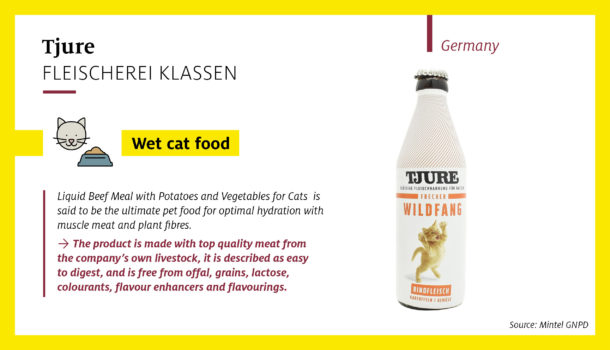
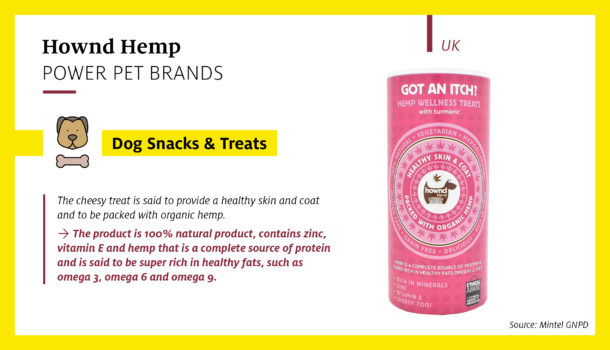
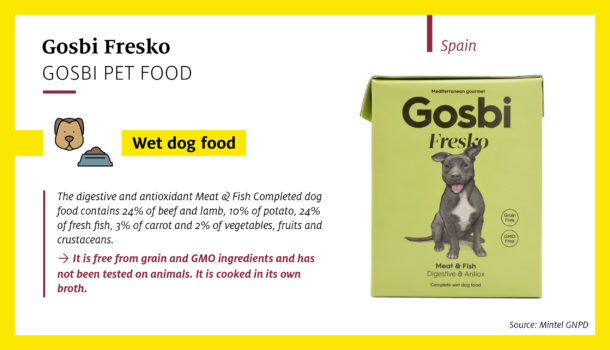
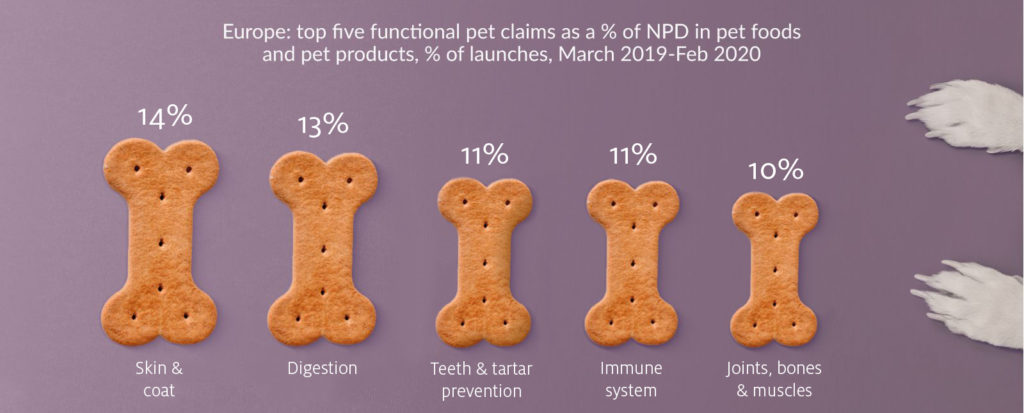
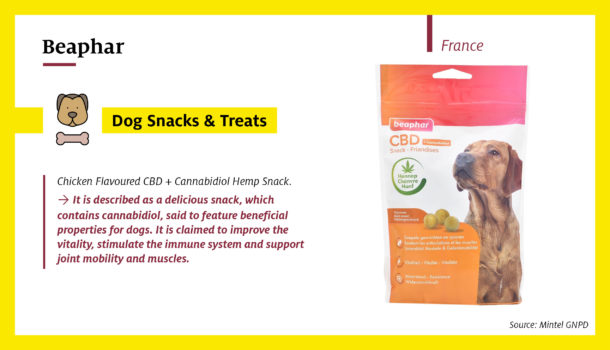
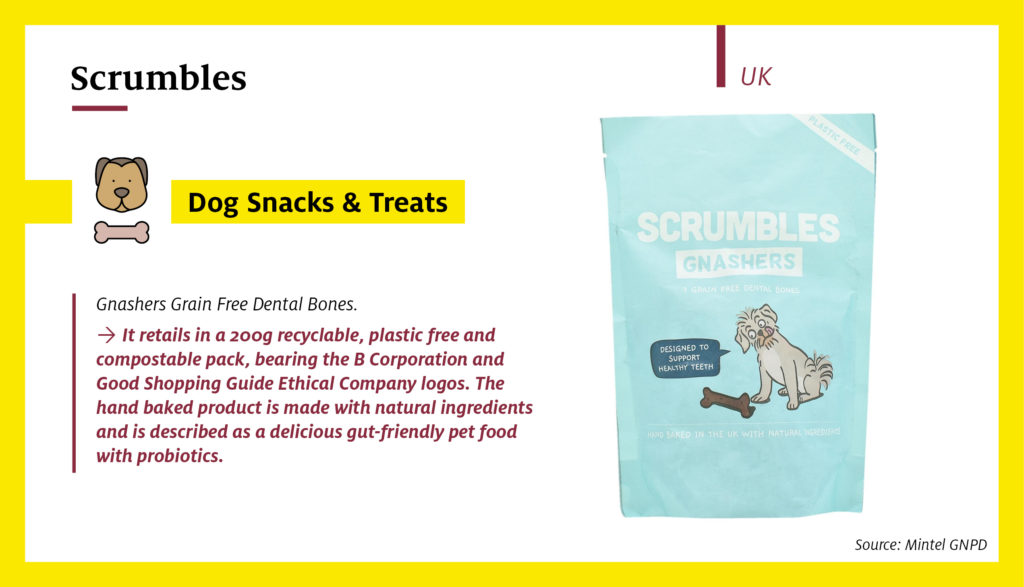
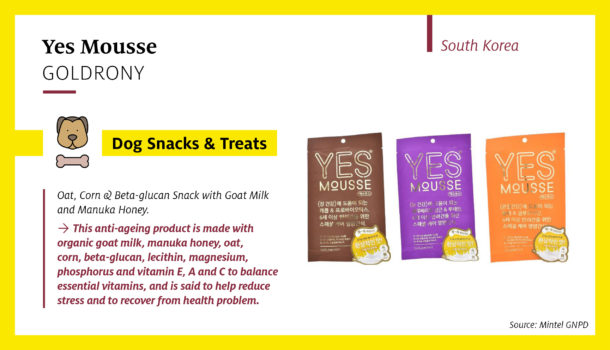
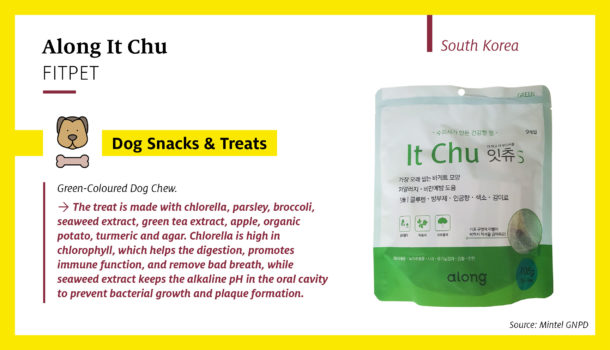
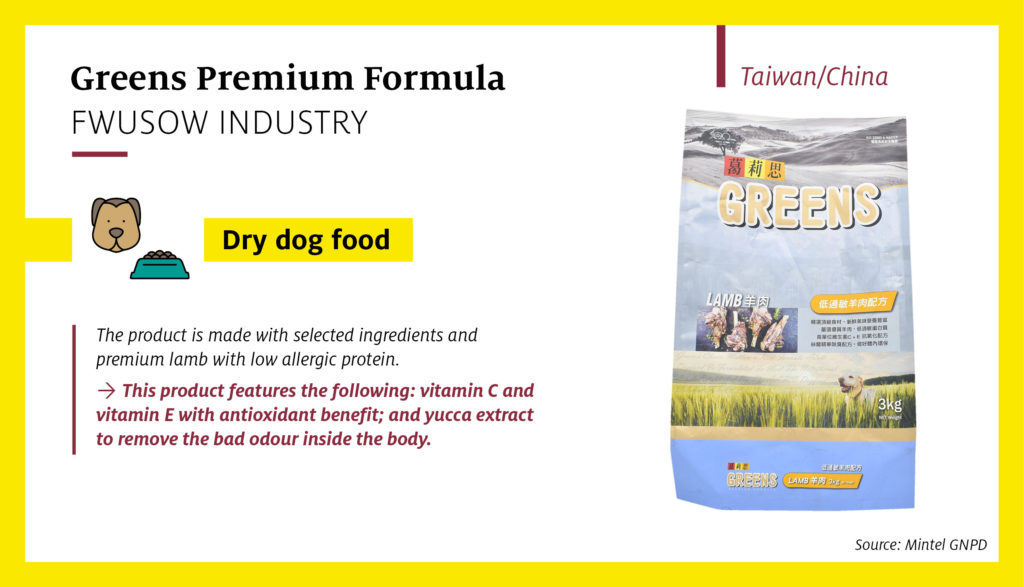
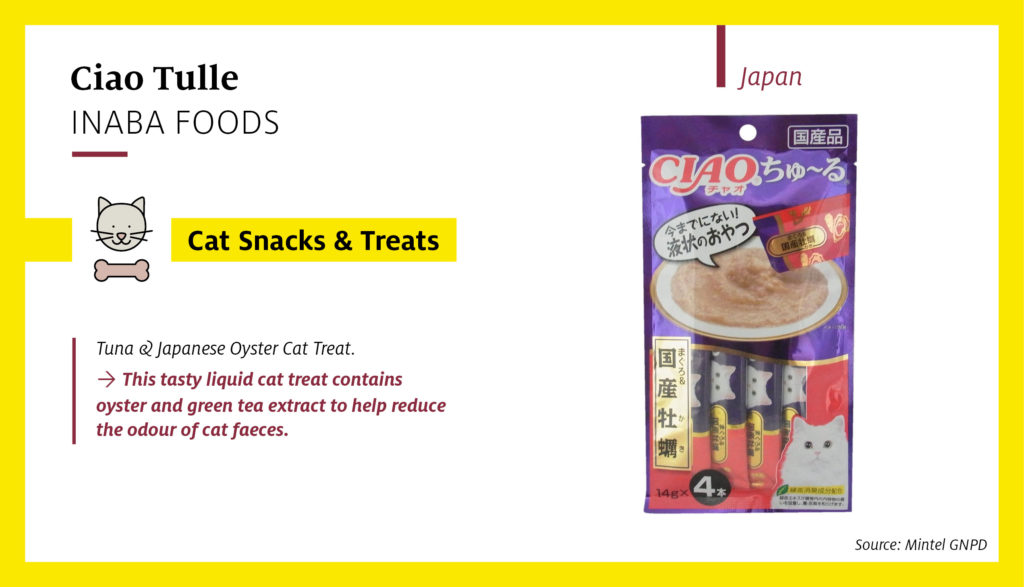
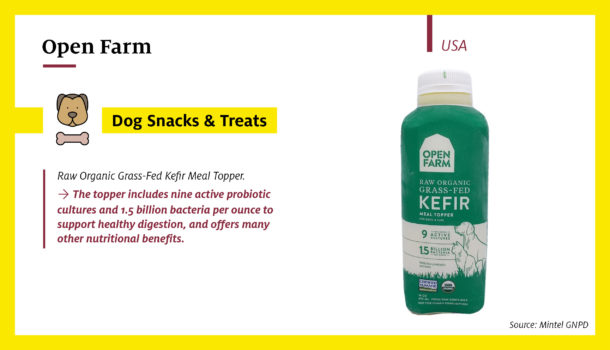
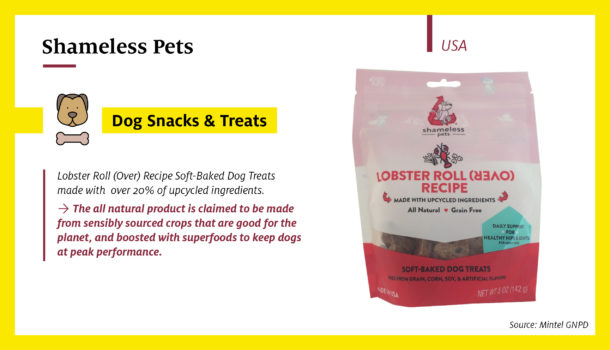
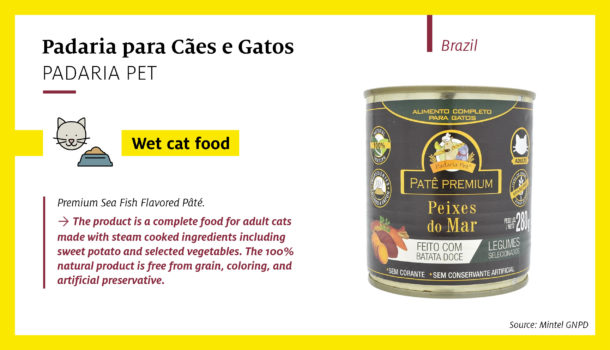
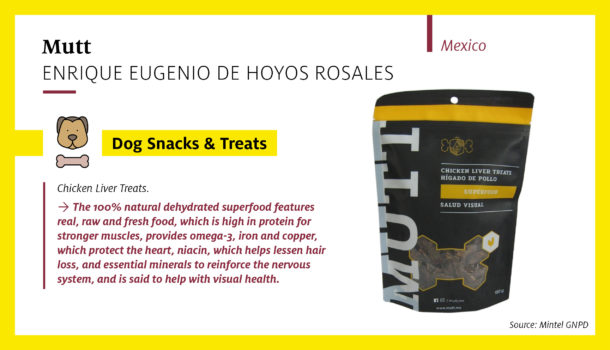
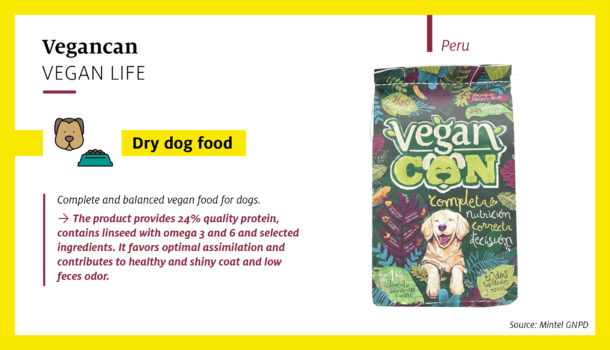
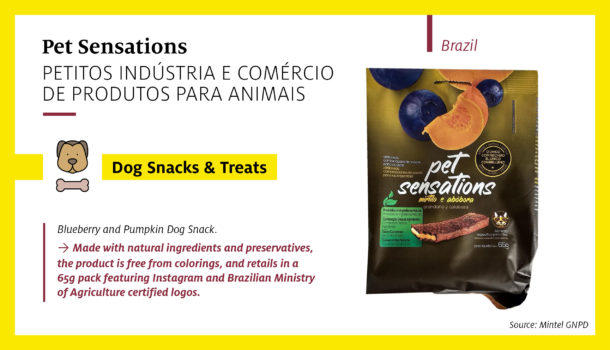




* required fields